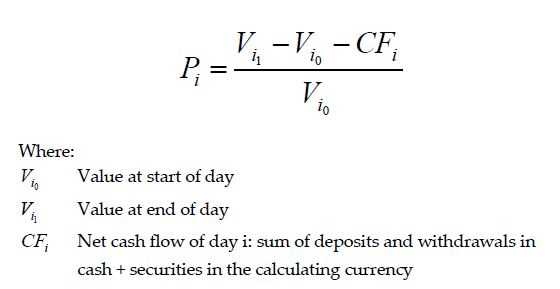What Is Asset Management and What Do Asset Managers Do
What Is Asset Management? Asset management refers to the professional management of various types of assets, such as stocks, bonds, real estate, and other investments, on behalf of individuals, institutions, or corporations. It involves the strategic planning, acquisition, operation, and disposition of assets to maximize their value and generate returns … …





















